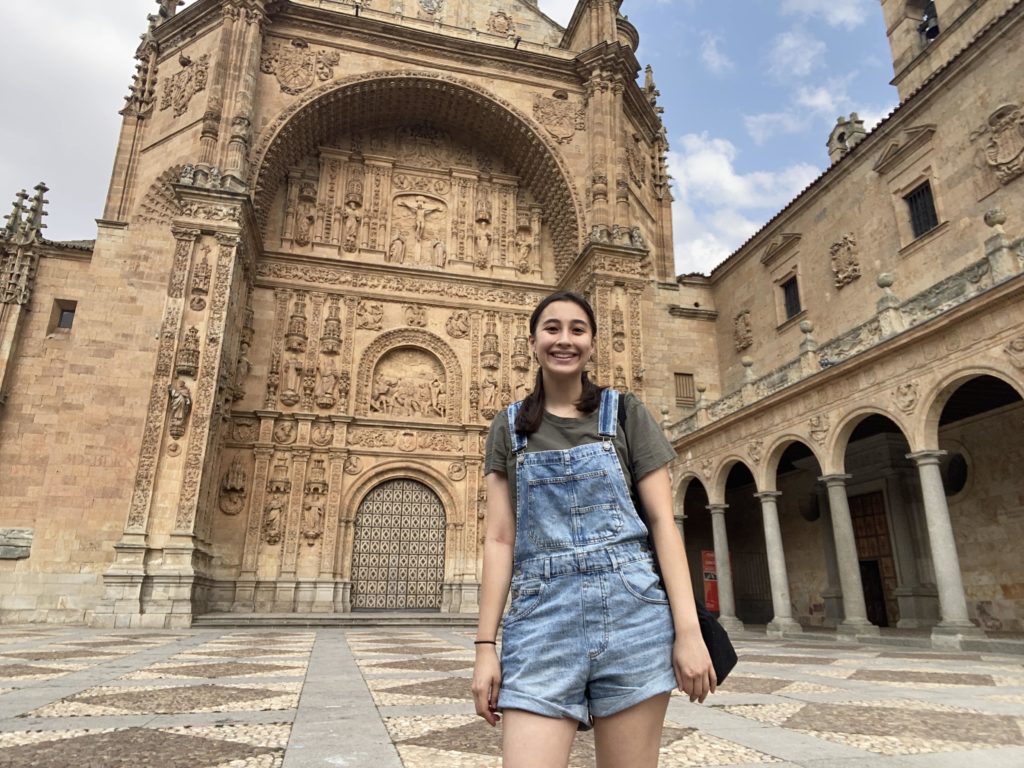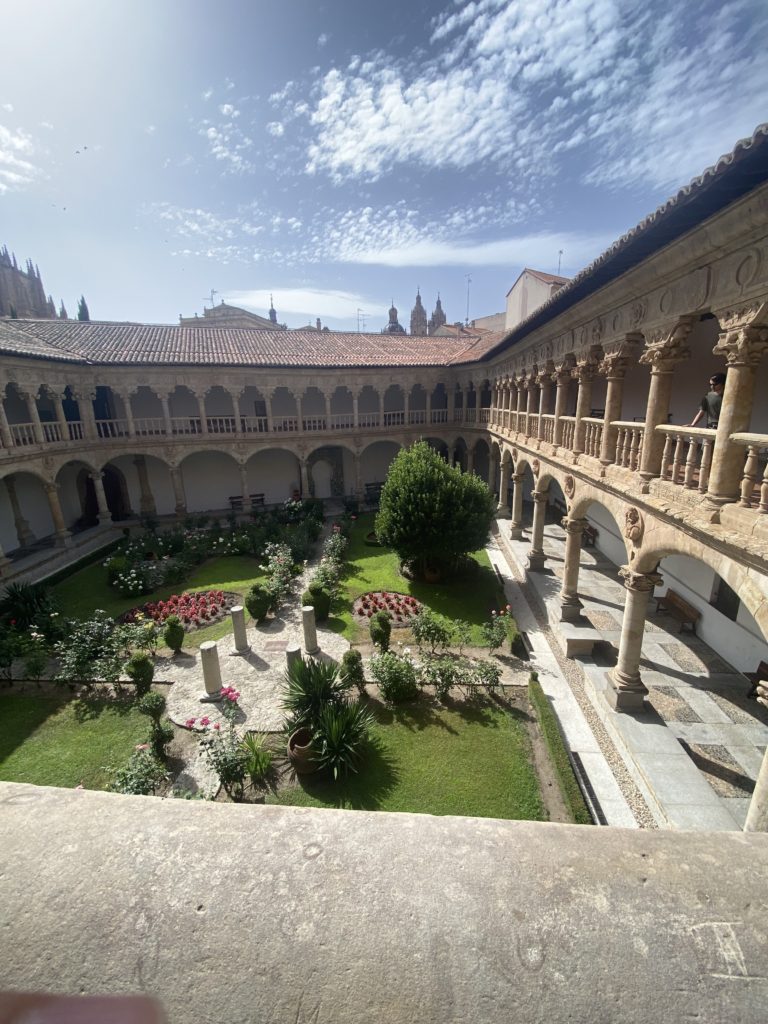
My third week at Oideas Gael presented me with a very interesting, and illuminating, cultural experience that I have come to cherish. I had acquired my customary ‘cupán caife agus briosca seacláide’ during the morning break, and was halfway through a bite when I heard a booming, jocular voice ring out with a “Namaste!” Out of all the things I would not have expected to hear in remote Donegal, my native language of Hindi would probably be at the top of the list.
But Hindi it was (with a pronounced Irish accent) and it was coming from a tall, old man. My first response was surprise, followed by my brain processing seemingly contradictory details (Gleann Cholm Cille, population 200, old Irish man, Hindi) and providing me with the knee-jerk interpretation of “ah, he must be using the only Hindi word he knows because I am (obviously) South Asian.”
But once I had responded to him with my own ‘Namaste!,’ the man proceeded to follow up with with questions in fluent Hindi. Turns out that James had worked in Fiji for close to four decades, and had picked up the language there. I got to have a wonderful and unexpected conversation with him; never had I expected that I would get the chance to speak Hindi in Gleann Cholm Cille. It was a wonderful feeling, being able to converse in my native language in a place where I had come to learn a language that is so very different from it.
Upon introspecting after going through the D.I.V.E model, I realized that my initial interpretation of the situation stemmed from an apprehension of being Othered for my cultural and linguistic difference, and this apprehension might close me off from wonderful interactions like I had with James. In my expectations of being Othered, I had overlooked details like how James had followed his initial “Namaste” with a fluent “Aap kaise hain?” (“How are you?”), which came back to me later, and colored the situation differently.
The D.I.V.E method of approaching intercultural interactions is certainly useful, and I want to be able to internalize this model of thinking, and make it my norm!




